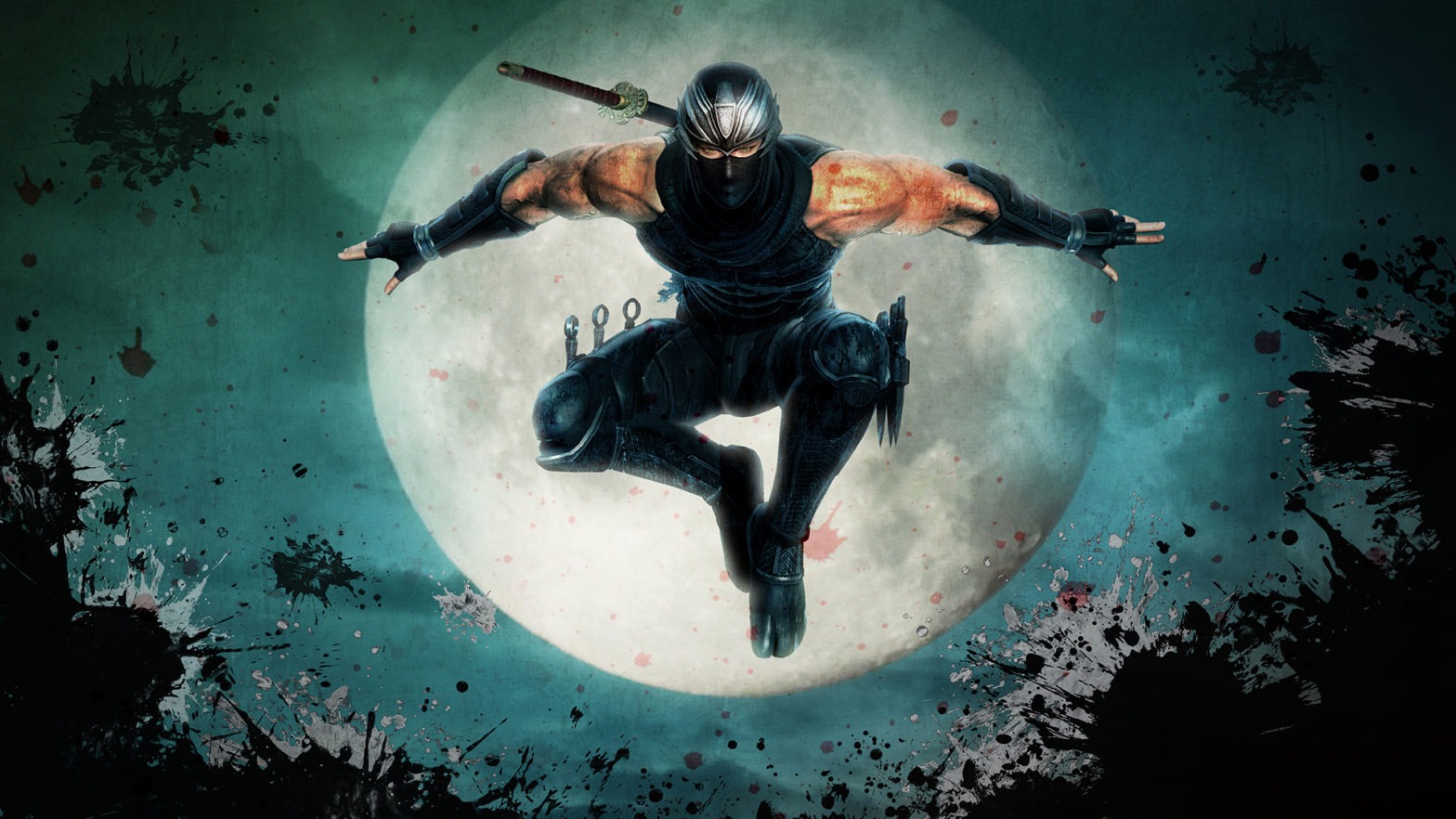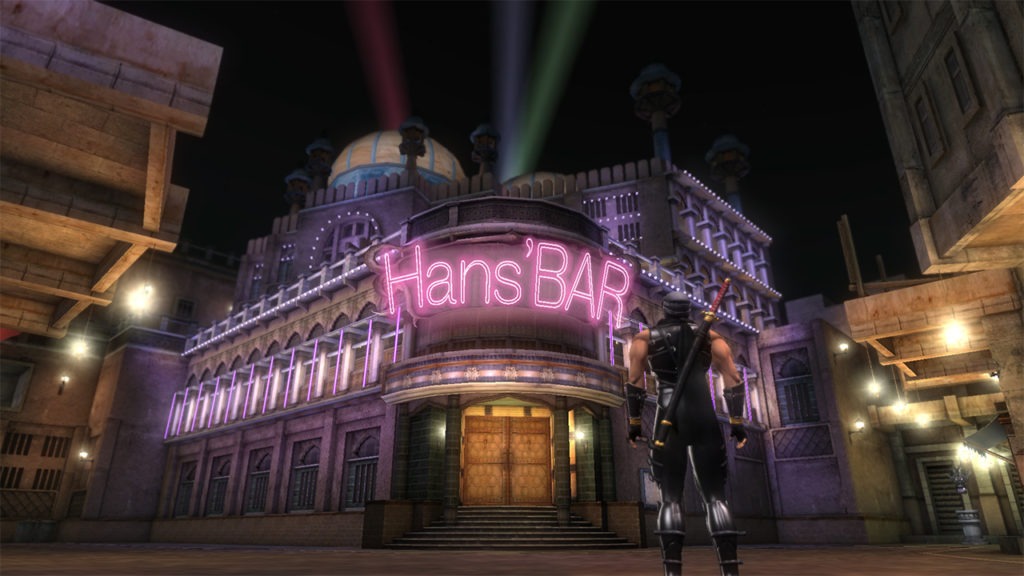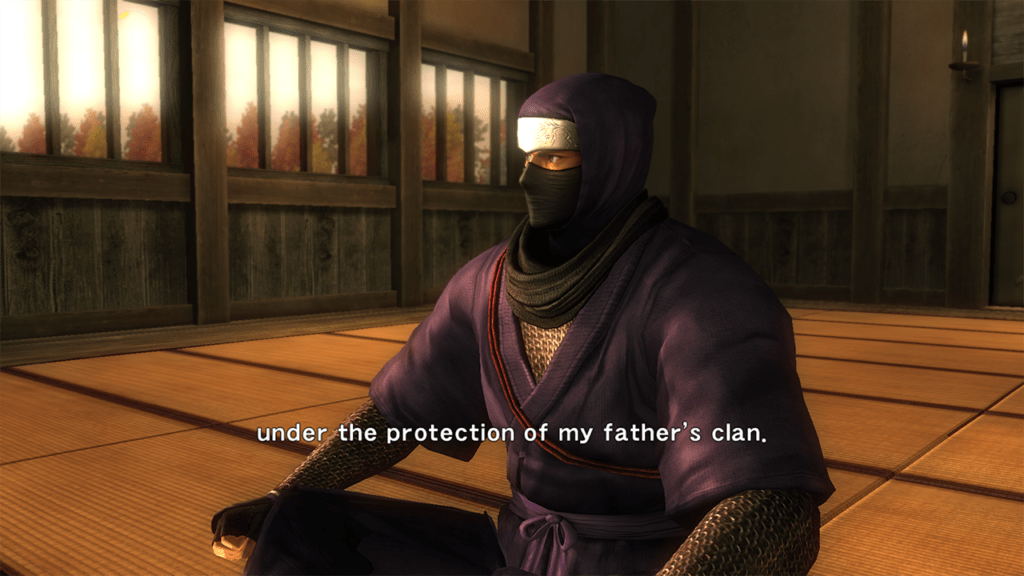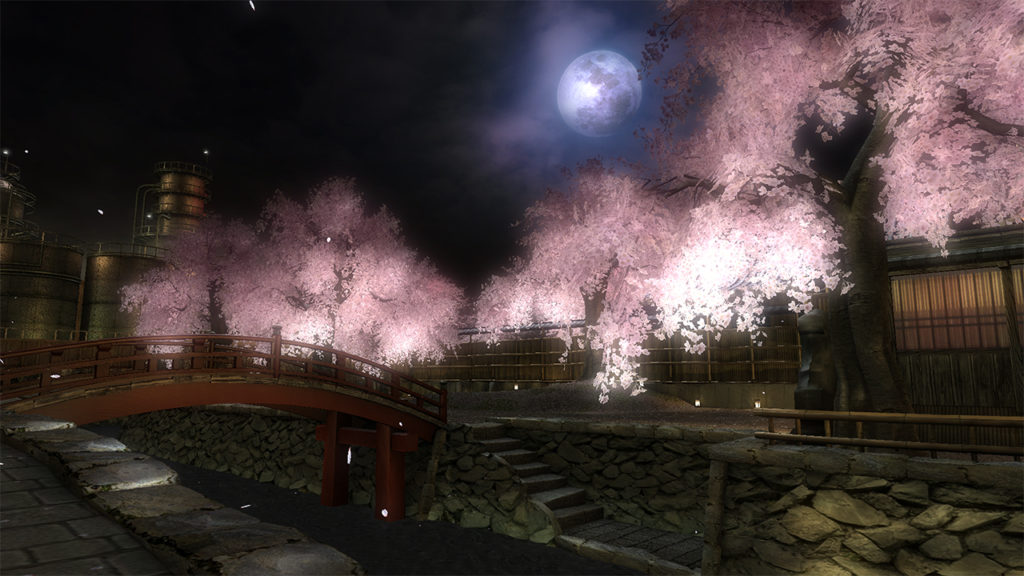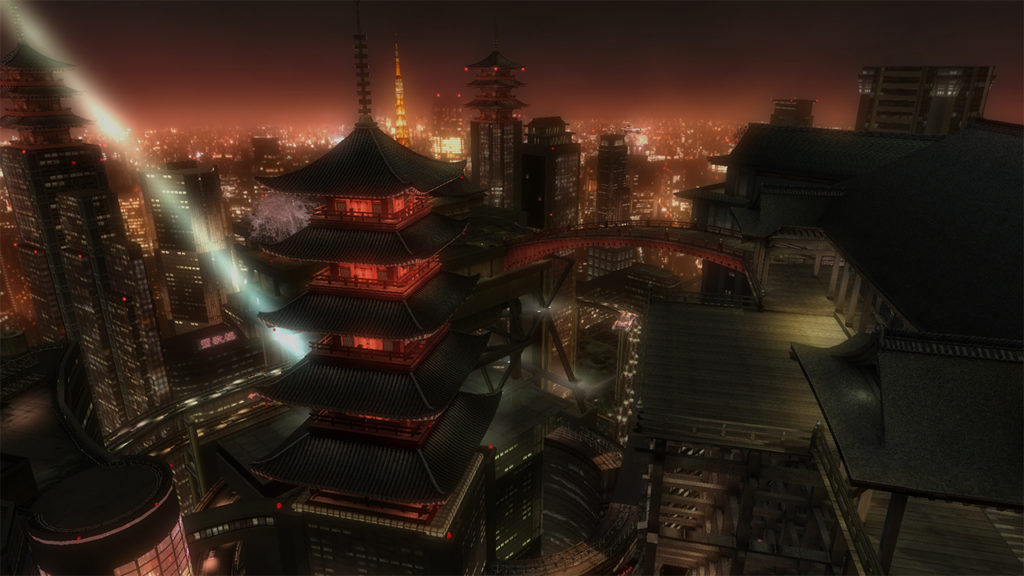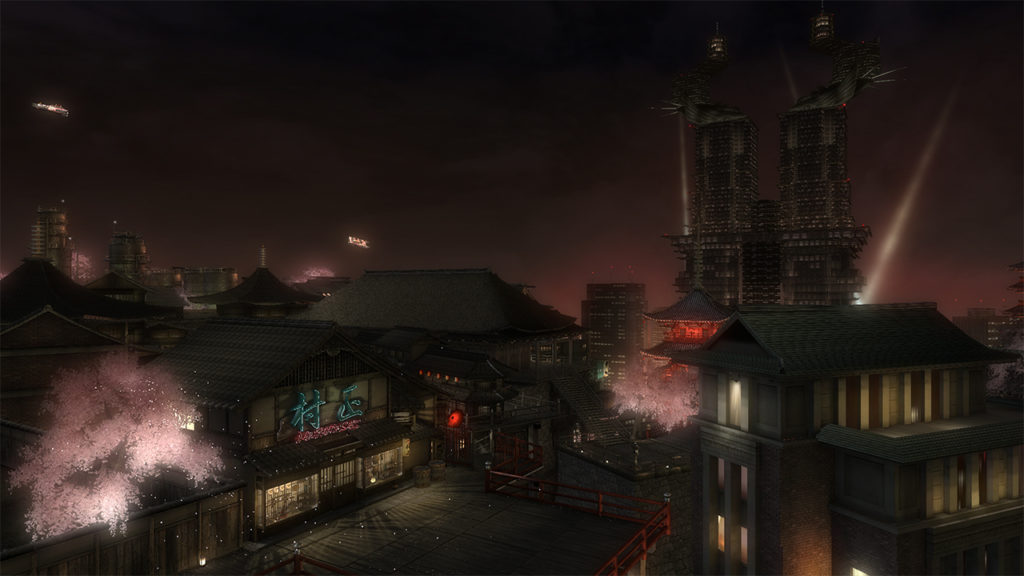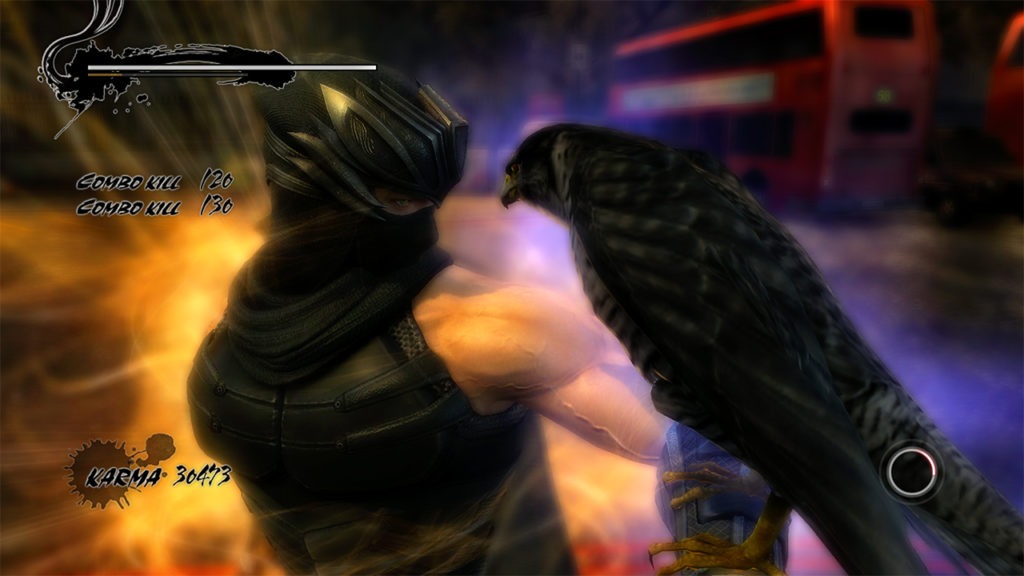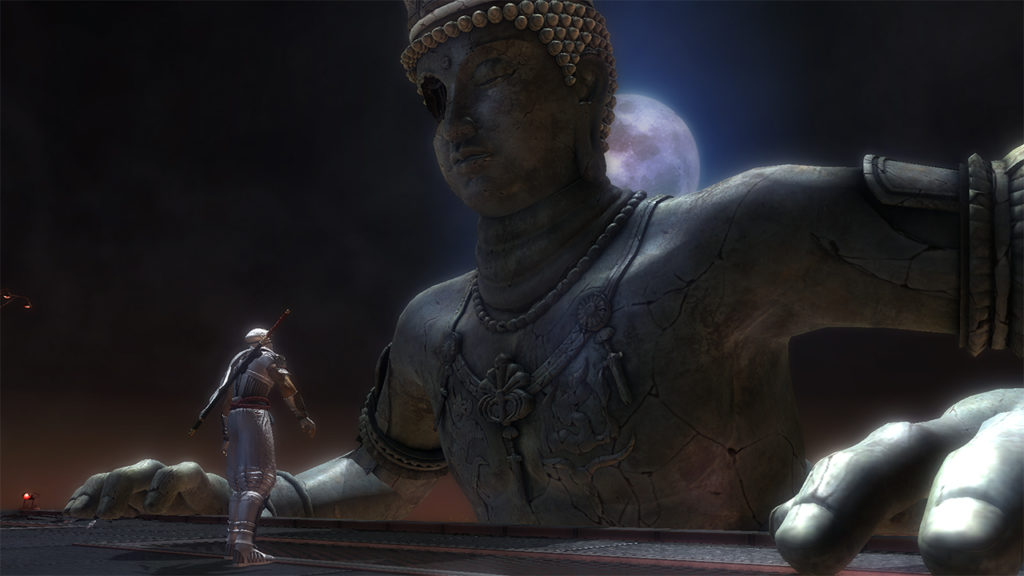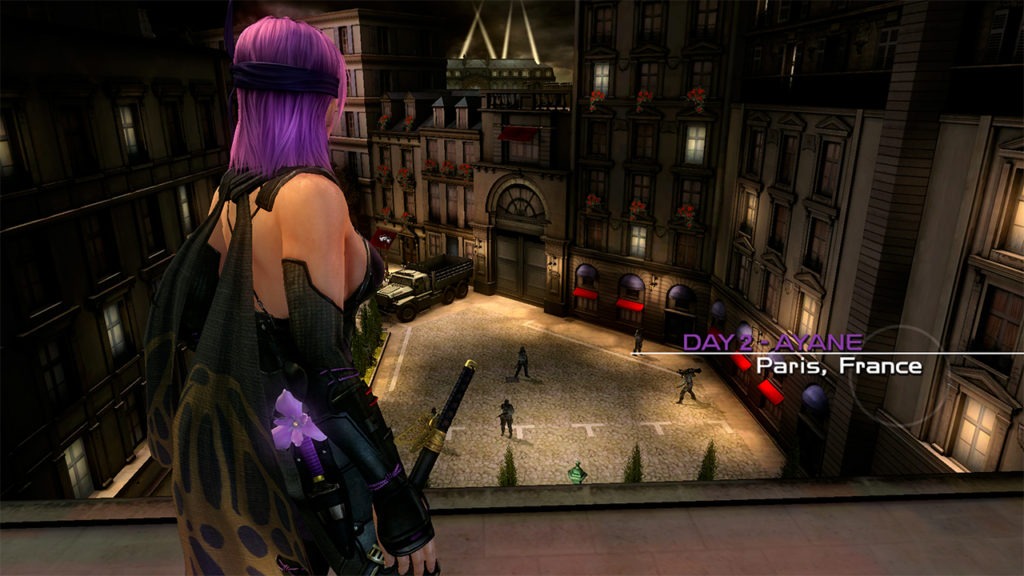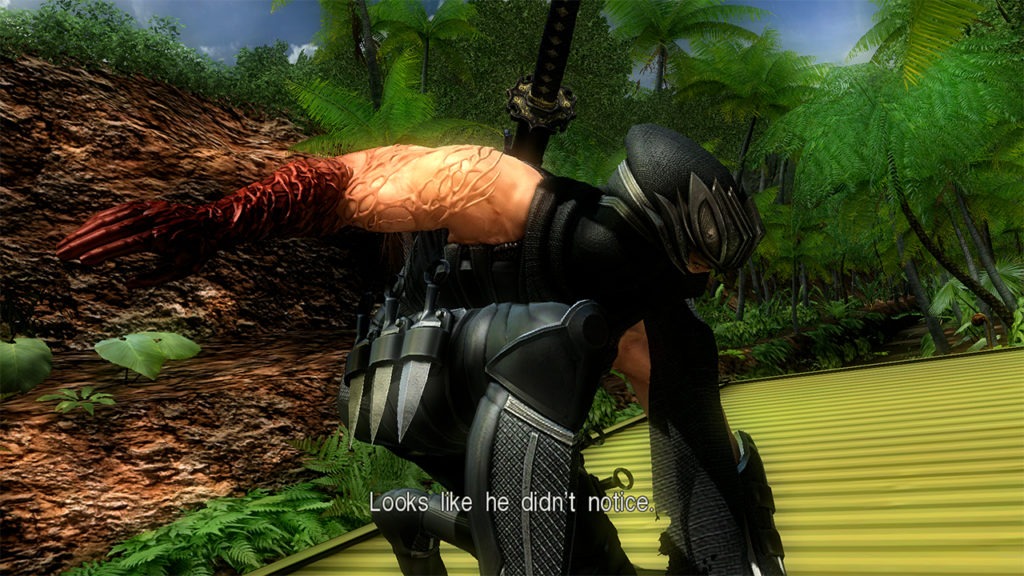My first contact with the legendary ninja, Ryu Hayabusa, came early in my childhood. I vaguely remember, back in the now distant 2004, playing the iconic Dead or Alive 3 with my childhood friend on his Xbox, fighting over who would play as “Hayabusa”. Then, when Ninja Gaiden Black came out, we tried our luck as ninja apprentices, but the game was very difficult and we had no idea what we were doing. About 14 years later, when I saw Ninja Gaiden Master Collection in this year’s Koei Tecmo release calendar, I knew it was time for katanas to start clashing again.
| You’ll love it if | Not for you if |
|---|---|
| – You’re looking for some super fast-paced combat | |
| – You like learning from your mistakes | – You’re looking for something that’s visually impressive |
| – You’re looking for some value-for-money games to invest your time in | – You want a story that actually makes sense |
| – You want to play some of the finest hack-n-slash games ever |
Note that I have played bits and pieces of the first two Ninja Gaiden titles since then, as they were available on Game Pass. I did not have the chance to touch the third entry in the series though. This review will be for those who are not familiar with the franchise, although for me it’s partly a nostalgic return to my childhood days. After all, those of you who are familiar with Ninja Gaiden (or Dead or Alive) will have more or less already decided if you want to invest your money in the Master Collection. Keep in mind though, this particular collection is exactly what its title implies: a collection, not a remaster.
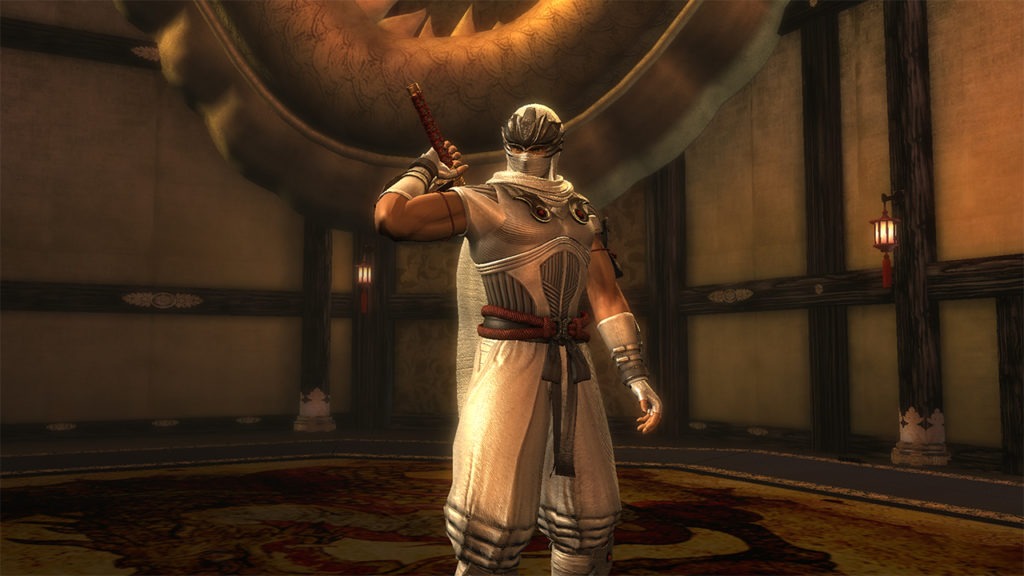
The Ninja Gaiden Master Collection is a bundle containing three games: Ninja Gaiden Σ (2007), Ninja Gaiden Σ2 (2009) and Ninja Gaiden 3: Razor’s Edge (2012). This is the first time the Sigma versions are available on Xbox, Nintendo and PC. The trilogy does not include multiplayer modes, although they were present in the original games.
Visuals
Don’t expect to be impressed here. The Master Collection consists of ports of Ninja Gaiden titles on the newer consoles, so that they don’t run through the Backwards Compatibility. While the two most recent games retain their “youthful” freshness, Ninja Gaiden Σ is starting to show its age.
The first wrinkles
Does this mean that the first game is bad? Not necessarily. Ninja Gaiden renders in 1080p, even on the Xbox One S. Character models are crispy, even when upscaled to 4K. The whole game has this nostalgic early ’00s aesthetic, which is really a sight for sore eyes. If you told me you wanted to chill, playing Ninja Gaiden with some lo-fi hip-hop in the background, you instantly pass the vibe-check for me. Of course, the level design is great, as you let your swords grind with other ninja (or even monsters sometimes) in the most picturesque of locations.
Not everything is as great as it may sound. Cut-scenes render in 720p. Fire effects especially, whether in cut-scene or in-gameplay, are in very low resolution, seem out-of-place and destroy the whole atmosphere. Also, this game interrupts gameplay for some very short, 1-2 second loading screens. The rest of the games don’t have this problem.
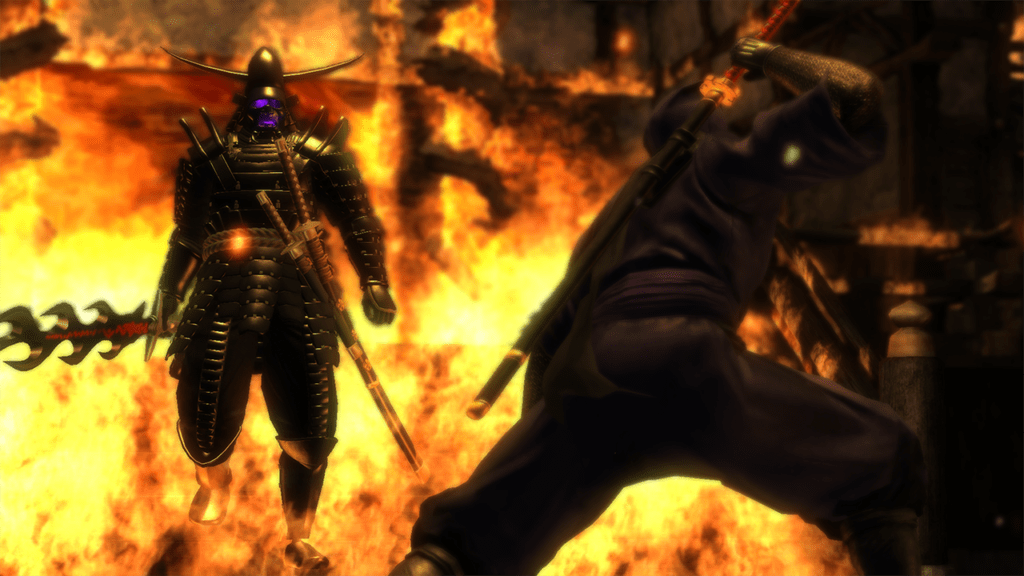
The sequel is the series’ aesthetic peak
Ninja Gaiden 2 is probably the most good-looking game out of the three. Actually, it’s the best as a whole too, but we’ll get to that later. It takes all the good stuff from Ninja Gaiden Σ, and takes them up a notch. The level design here is probably the best in the series, with specific locations able to go head-to-head with some of today’s fighting game arenas. The animations are super smooth and Ninja Gaiden 2 always runs at 60 fps, while in the others, you do notice a few drops here and there. The second title in the series adds amputations (because why not) and finishing moves, making it much more “gory” than the previous one.
This ain’t it, chief
Razor’s Edge is the latest in the series and that’s very obvious graphically. Visually, it has the hazy vibe that all games had in the early ’10s, without this being necessarily a bad thing. Personally, I find the lighter-hearted design that the previous titles had a bit more fun, as it goes well with the plot. Razor’s Edge was probably an attempt at a more serious game from Team Ninja, something that they managed to do well with Nioh. The third in the series looks even more bloody than the second, and the effects are truly spectacular. I can’t say that it doesn’t look good, it’s just a departure from the iconic, lively, Ninja Gaiden design.
Plot
Ninja Gaiden is the Fast and Furious of gaming. These games make absolutely no sense, but it doesn’t really matter. They always manage to make your adrenaline shoot up and that is their goal. Most of them keep the story light, and maybe that’s why the plot is all over the place. The Master Collection includes the enhanced, Ninja Gaiden Σ versions of these titles, which add a bunch of context to the story so that it makes more sense.
Ninja Gaiden Σ
The main thing you need to know is that the protagonist, Ryu Hayabusa, is a descendant of the legendary Dragon Ninja clan. The task of the Dragon Ninjas is to protect the two fraternal swords, the Dragon Blade and the Dark Dragon Blade. The handle of the dark blade is said to store in it the rage of the one who uses it, and in the hands of the wrong person can prove to be very dangerous. That wrong person, of course, appears in the second chapter of the game. After having burned down Ryu’s village, he steals the blade. Thus, Ryu is forced to chase after him in order to exact revenge for his village and retrieve the dark sword.
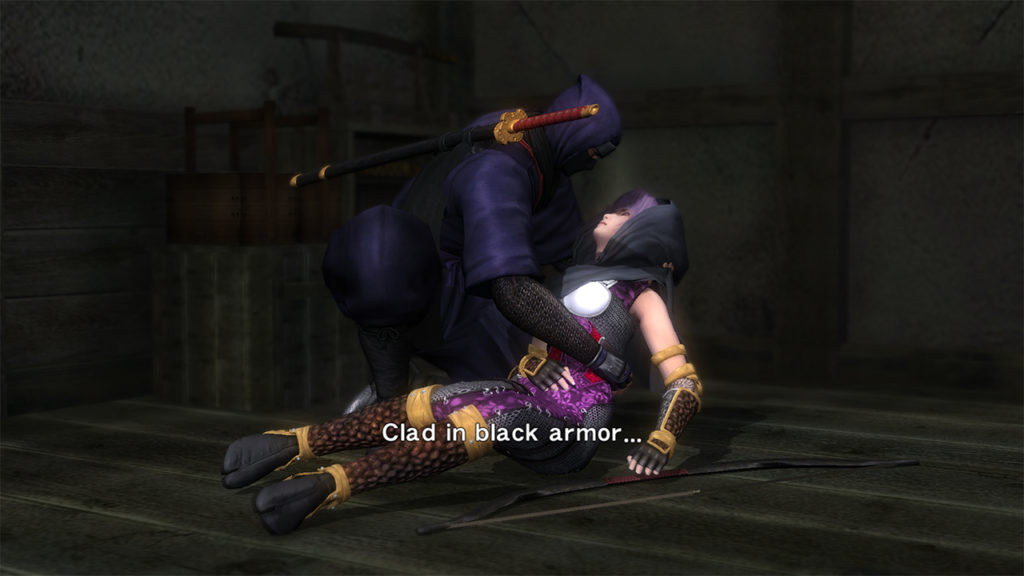
The world is inspired by late-90’s Japan and that’s very obvious. It also contains some imaginary elements such as demons and monsters. Fiends come from an ancient curse that turns people into spiteful monsters. On his journey, Ryu will meet Rachel, a charming monster hunter, who also serves as the romantic interest. Or at least that’s what the creator intended, but it’s not reflected at all in the game. During the game, Ayane, an apprentice ninja you may be familiar with from the Dead or Alive series, guides Ryu through most of his trials.
Ninja Gaiden Σ 2
The plot here follows the same course as in the first game, the only things that change are the characters and some minute details. CIA agent Sonia is looking for Ryu in Tokyo to inform him about the Archfiend when she is attacked and taken away by members of the evil Black Spider Ninja Clan. Ryu tries to save her until two demons attack his village and steal a demonic statue. This is more or less the same as Dark Blade from the first game, just not as cool. Chasing after them, Ryu arrives in the US (for some reason), where he fights with werewolves, demons, dragons, and anything else you can imagine.
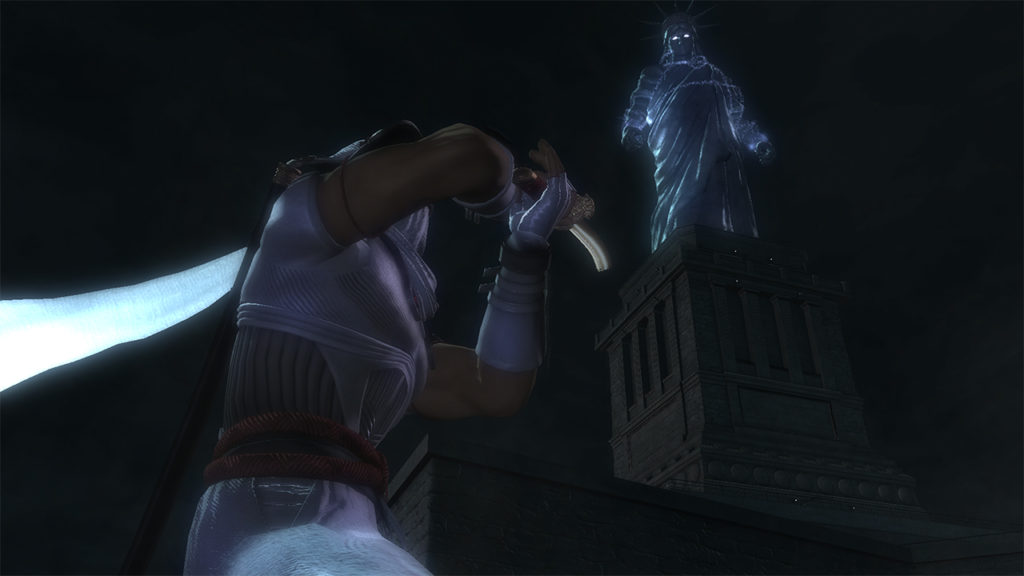
Once again, Rachel returns as a playable character, along with Ayane and Momiji. All of them are playable for some very short missions, one or two chapters each. The problem is that you see these characters so little, that you don’t really care who they are and what their role in the story is. The same goes for enemies. Sure, their designs look cool but their motivations are… well, they’re just evil for no reason. This could have been fine, not all games need to tell complicated stories after all. But these games, they really try to tell some over-the-top stories, and they fail miserably.
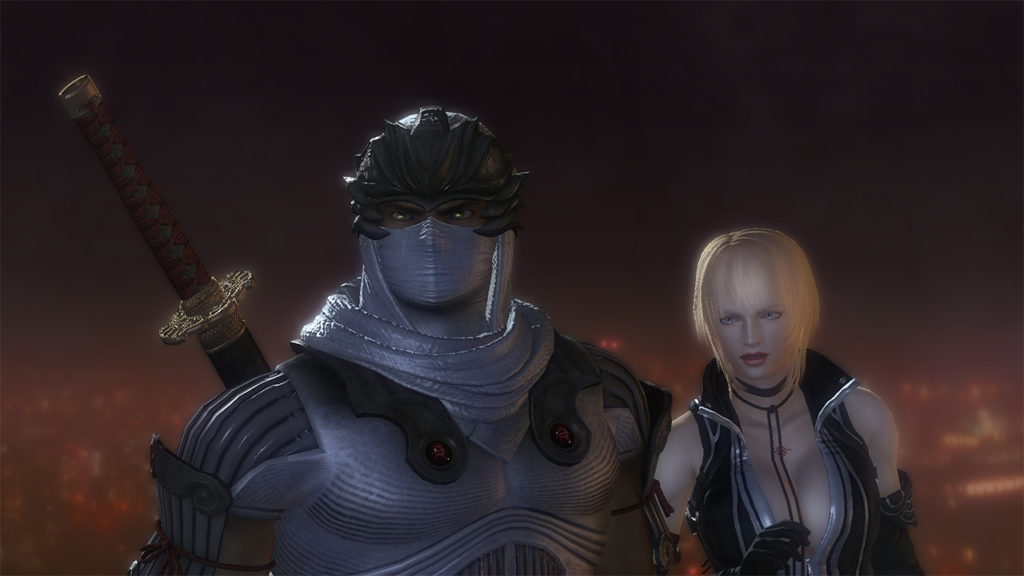
The chapters show minimal coherence with each other and during gameplay there is little to no plot progression. Instead, most elements of the story are “explained” through text dumps before and during chapters. Ninja Gaidens are not the kind of games in which this way of storytelling works. In between all the intense battles, these walls of text are not “pleasant breaks”, but unnecessary downtime.
Razor’s Blade
Razor’s Blade does a little better in the plot department since the standard text dumps have been removed before each chapter. The story also does not feel like a retelling of the previous ones, which is welcome. Don’t get me wrong, it’s still over-the-top, it takes itself too seriously, and it’s filled with ass-pulls. It’s just not as bad as the others. Starting the game, Ryu is summoned by the Japanese FBI to help them take down a gang of terrorists. Their leader is a very powerful alchemist who curses Ryu, causing his right hand to rot as punishment for all the lives he has taken. Oh, and he wants to “restart the world”. So Ryu and an undercover agent try to find a way to dispel the curse and save the world.
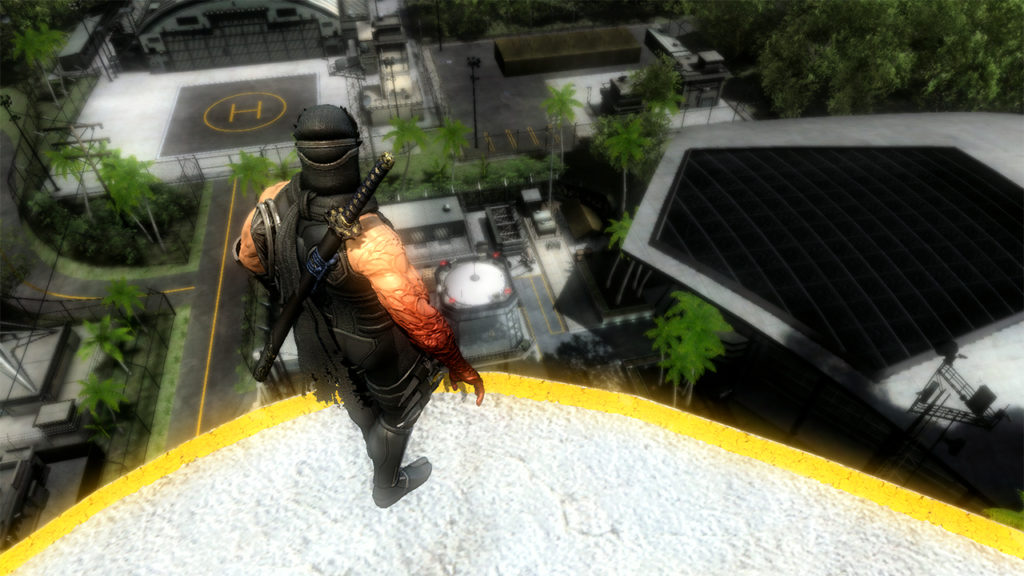
The Razor’s Blade version of Ninja Gaiden 3 also contains a side-story starring Ayane. I found her story much more interesting than Ryu’s, because it made her look like the real badass ninja she’s supposed to be and not just a pink-haired poster-girl. Plus clashing swords with other ninjas is much more interesting than fighting with helicopters and robotic dinosaurs (?).
Gameplay
Old-school hits differently
The Ninja Gaiden series is famous for the interesting and adrenaline-filled combat it offers. Ninja Gaiden are hack-n-slash fighting games after all. The first is the most difficult game in the series. But I would not say that this is an artificial-sort of difficulty. It does not try to be difficult, it just punishes you for your mistakes. So, you have to always be aware of what is happening around you and plan ahead. Blocking and dodging will become your best friends. At the same time, you should save your items because you never know where the next save point will be. If you die, you have to start over from your last save.
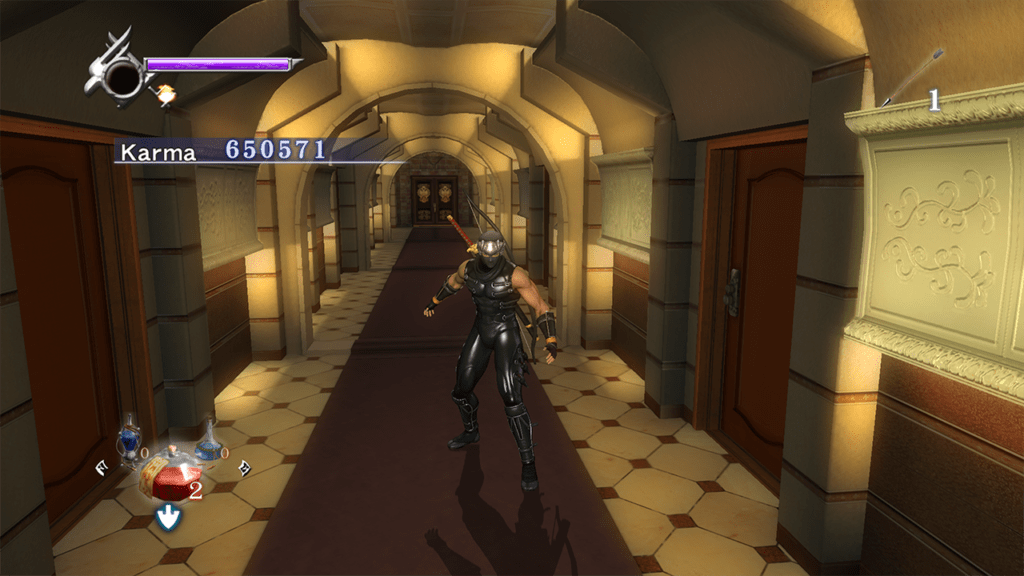
You’re going to have a hard time until you understand exactly how combat works. The faster your reflexes, the better you will be in the game. No matter how many times you die, because you are forced to start from your last save, you feel like you get better each time you make your way through a level. The battles are not complicated and the bosses are a bit underwhelming. But you have enough weapons and combos in your arsenal so you don’t get bored. The core gameplay loop is rather addictive.
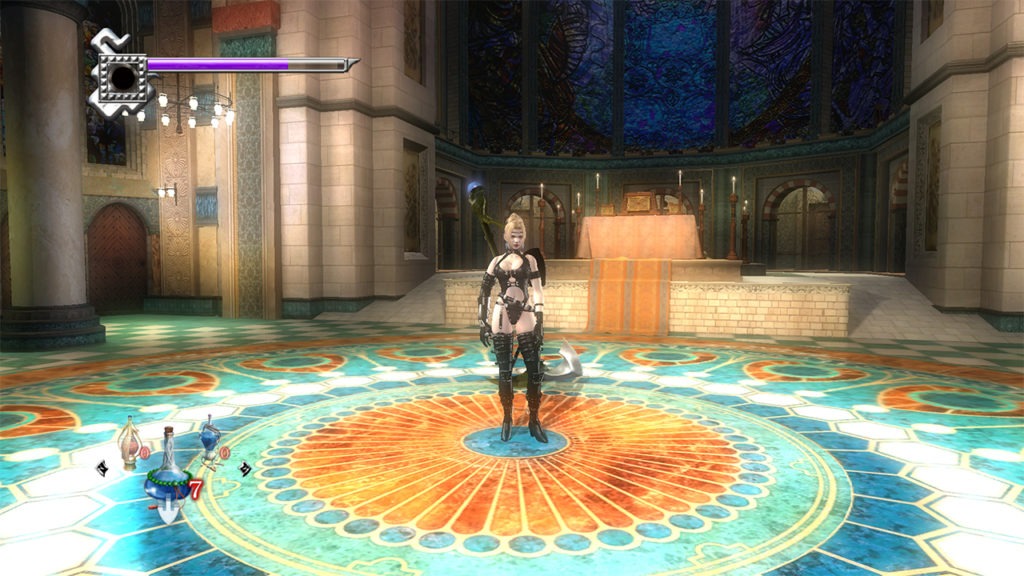
Nevertheless, the camera in this game is the bane of my existence. Ninja Gaiden was first released in 2004 and here is where its age really shows. Most of the times when you die, you will have no idea what killed you because it simply won’t be within your field of vision. Platforming, in particular, is a nightmare in some cases. The camera will either make you practice your patience or quit the game.
One step forward, two steps backwards
In the second game, combat leaves more room for error, without ever lifting the foot off the throttle. The addition of finishing moves, for spectacular executions, leaves some breathing room even in the most intense battles. At the same time there’s more weapons, more upgrades and a camera that does not go haywire all the time. It improves all the mistakes of its predecessor, adding more platforming sections to make the game a bit more relaxed. Most playable characters are always welcome, as they add variety when combat begins to get tedious.
Ninja Gaiden 2 is much easier than the first one though. Enemies are not that interesting, since they all look alike. After a while it becomes a bit tedious. Save points will now heal you, so you do not have to worry about saving your items for the next battle. To make the gameplay a bit more difficult, Team Ninja just throws as many enemies as possible at you. This will make you simply spam the same combos in each fight, just to get through it as quickly as possible. Boss fights are even more underwhelming than in the first game, and you are forced to fight with most bosses at least twice.
The black sheep
Apparently few people like Ninja Gaiden 3. While I don’t necessarily agree with them that much, I understand where these opinions come from. The battle system is the easiest in the series and the platforming is almost non-existent compared to the second Ninja Gaiden. Also, this game goes from having you fight ninjas and monsters, to having you fight helicopters and robots. While I would much rather have Ryu’s blades clash with other ninjas, at least this particular one looks very nice. Adding Quick Time Events may not have been the best decision, but it’s definitely better than seeing the cut-scene finishers Ninja Gaiden 2 had.
There is a skill tree to choose upgrades from, most of which were given to you from the get-go in the previous games. Sure, the gameplay is a bit dumbed down, but at least in this one, Hayabusa seems as strong as the game tries to convince you he is. Boss fights make even less sense than in the first two games. Fortunately, the chapters with Ayane are some of the best parts of this game.
Sound and music
The sound design is quite good in all three Ninja Gaiden games in the Master Collection. The effects are the highlight here, since the sound of swords clashing fits incredibly with the whole character of the games. Each weapon has its own effects and they are all just as over-the-top as you expect them to be. Especially in the first game, it’s like they came out of a time-piece action movie. The voice acting … well, it’s there, but the dialogues really don’t service the voice actors. As good a job as the actors wanted to do, in the English version of the game the dialogues feel like they threw the Japanese script in Google translate. The dialogues in Japanese are like watching a very bizarre anime.
Music is quite good and the battle themes always manage to put you in the mood. The problem is that no track is memorable. The music in Ninja Gaiden does not have the charm we’re used to seeing from Japanese games in the soundtrack department. Too bad.
Verdict
Overall, playing all three games in the Ninja Gaiden Master Collection, was a ton of fun. Sure, they may not be perfect experiences but that’s part of their charm. Each of the three games has a fairly strong character. Does this mean that they are not good overall? On the contrary. You can like something and still be able to pinpoint its weaknesses.
The intense, action-packed gameplay is the highlight of these games, and no matter how much time has passed since they came out, this won’t change. Are there any issues with them struggling story-wise? Not so much, because not all games need to have a super deep, emotional story to tell. After so many years, after all, it’s easy to find what these games lack in comparison to other games in this genre. However, their importance in shaping the action hack-n-slash landscape is undeniable.
Ninja Gaiden Master Collection is available on Xbox One, PlayStation 4, Nintendo Switch and PC. Once again, this is not a remaster, just a collection of the modern Ninja Gaiden titles. At € 40 it’s a very tempting offer for three games which promise to keep your adrenaline at an all-time high for at least 9-10 hours each.
If you liked Ninja Gaiden and are looking for a similar game, that tells a more compelling story, you might want to take a look at NieR Replicant.
We would like to thank CDMedia Greece for providing us with the review copy that was used for this review.
